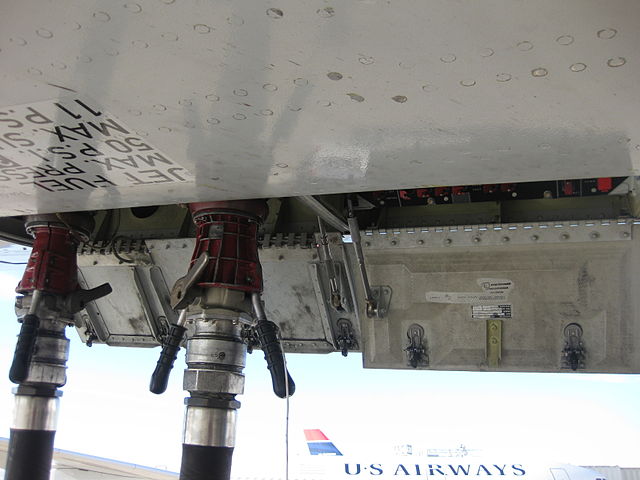
ST. LOUIS, MO – Last week, the global airline industry agreed to cut carbon emissions by converting all commercial planes to 100 percent sustainable aviation fuels (SAF) by 2050.
To start with, SAFs are produced using a process similar to biodiesel, though the two are different, and may include some of the same feedstocks like soybeans, canola, corn oil, used cooking oil, and animal fats.
When comparing these biofuels, a few things are noteworthy, says Scott Gerlt, an economist with the American Soybean Association (ASA). “Renewable diesel plants can be modified to produce a percentage of SAF, however biodiesel plants cannot.”
Since the next round of global climate talks will take place in two weeks in Glasgow, UK, delegates from around the globe are expected to debate additional paths toward advancing climate action goals.
In the U.S., the Biden administration is already out in front of the issue by returning to the Paris Accord (a climate treaty signed by President Obama) and a broader push to achieve 20 percent of SAFs by 2030 and 100 percent decarbonization by 2050.
(SOURCE: All Ag News)
